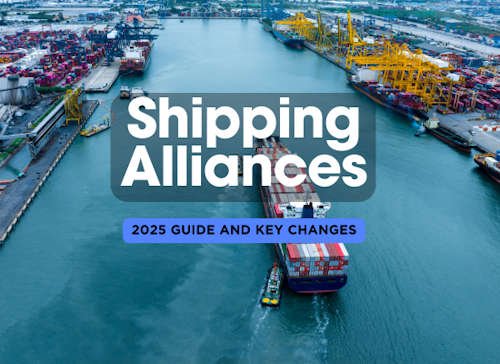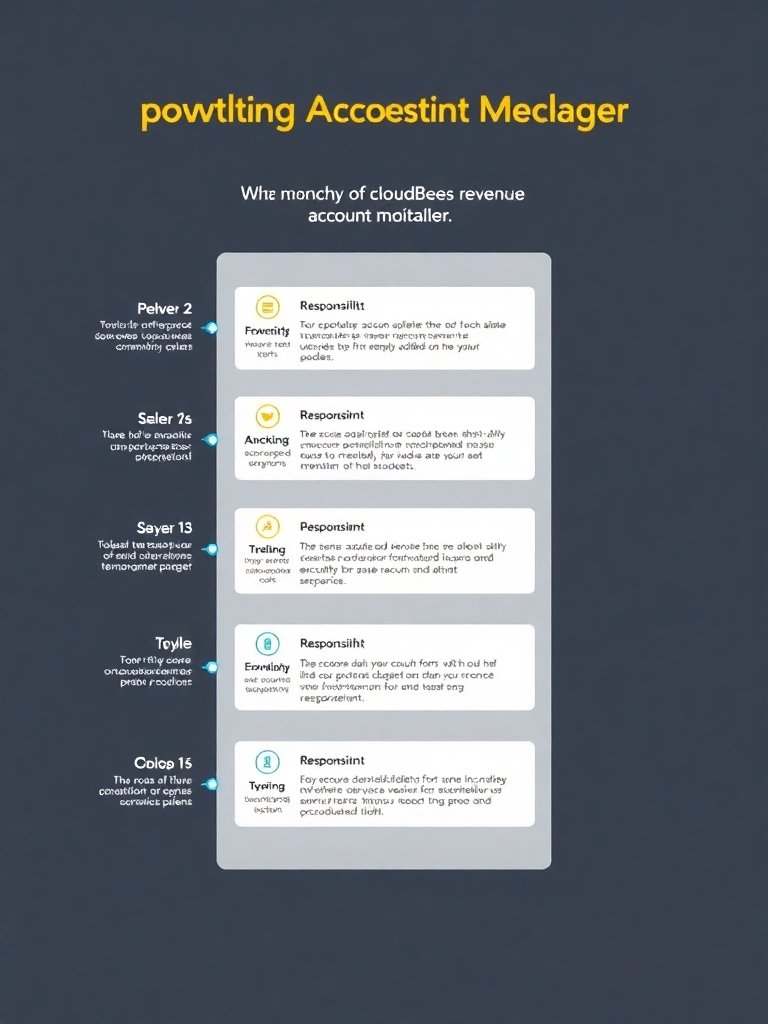Discover the Changing Horizon of Global Shipping Alliances

Global shipping is the lifeline of international trade that carries 80 percent of all goods traded worldwide. This giant, massive logistics network has a back up system in the guise of global shipping alliance-a combination of carriers in an effort to optimize operations, cut cost, and meet the swollen consumer demands. What role are these alliances playing in shifting the landscape of logistics today and how do they evolve to meet the future? It looks at core players, trends, and prospects that characterize this fast-paced industry:
The Emergence of Global Shipping Alliances
Shipping alliances emerged as this kind of challenge, for instance, market volatilities were tightening, fuel prices varying, and margins dropping. Although very few independent carriers operated in silos, the enormous volume of international trade proved to be such great need for the cooperation of the carriers. Carriers may pool their resources, allow them to streamline their routes, share vessels and gain more comprehensive services together through lower operational costs.
The shipping alliances can trace their roots back to the late 20th century when smaller collaborations began to grow and expand into the large-scale structured alliances of today. The mega-alliances have altered logistics as it centralizes into a few hands and changes norms in the industry.
Strong Players and Their Influence
The three major players among the global shipping alliances
- 2M Alliance (Maersk and MSC)
- Ocean Alliance (CMA CGM, COSCO Shipping, Evergreen Line, and OOCL)
THE Alliance (Hapag-Lloyd, Yang Ming, and Ocean Network Express)
All these alliances together hold about 80% control of the world’s containerized shipping. With their massive networks and resources, they have modified market dynamics to force smaller carriers into competition on service quality and niche markets. The trade routes vary by each alliance, and to the customer, this means more flexibility, efficiency, and coverage of the globe.
For instance, 2M Alliance leads the market in Europe, Asia and North America, and Ocean Alliance is one of the few strongest alliances on transpacific routes. Such strategic alliances thus allow carriers to share costs of operations hence being highly competitive on charges and routes taken. Great market power, however has elicited fear of over-consolidation and reduced competition in the market.
Global Shipping Alliances Trends
The global shipping alliance market is operating in a rapidly changing environment of technology, sustainability, and geopolitics.
1. Integration Technology
Alliances are spearheading the change in this particular logistics industry that is transforming into a digital one. This will be achieved by leveraging more sophisticated technologies, such as AI, IoT, and blockchain to enhance route planning, real-time cargo tracking, and increased transparency. In this context, Maersk and IBM developed a blockchain-based platform called TradeLens. The platform has provided real-time shipment visibility that enhances the trust factor of the participants.
2. Sustainability Focus
Environmental pressure is making alliances greener. New regulations like carbon emission reduction targets, as set by IMO 2023, call for more investment in greener vessels, alternative fuels like LNG, and energy efficiency technologies. Sustainability is no longer a compliance topic but a core strategy to stay relevant in green markets.
3. Geopolitical Influences
All of these are risks but opportunities for alliances: trade wars, sanctions, and economic uncertainty. One good example is in the new patterns of trade that have developed from tensions between the U.S. and China, compelling carriers to rethink their routes and partners. Alliance companies look forward to diversifying their market targets to the emerging markets of Africa and South America, which in the near future will increasingly contribute to international trade.
Future outlook and challenges
Alliances have reshaped the shipping industry, but they face many challenges in the future.
1. Saturation of Market and Over-Capacity
Even though there is very less scope for further consolidation, the focus of the alliances is now on attaining maximum efficiency within the current frameworks. Over-capacity is also a looming threat as excess vessels can cause low rates and profit margins.
2. Regulatory Pushback
Antitrust regulators are very sensitive to the effects of alliances. Policies may be tightened up more in the fears of low competition and predatory pricing that could force carriers to reassess their operations.
3. Resilience in Uncertainty
This will demand the principle of agility in post-pandemic recovery with shifts in consumer behavior and disruptions within the supply chain. Shipping alliances will need to make investments in resilience through diversified trade routes, predictive analytics, and better demand forecasting.
There is a wide open door for opportunities. With the breakthroughs in AI-driven logistics, autonomous vessels, and green shipping technologies, alliances will be offered new opportunities to enhance their market position. Here, flexibility and innovation would be the success key.
Conclusion
Global shipping alliances are the breath of life for a logistics industry that feeds on efficiency, scale, and adaptability. Only by facing challenges together and taking up emerging opportunities will they be able to hold on to their critical position linking global markets.
Alliances need to be more agile than ever to optimize their operations, integrate new technology, and predict possible disruptions into the future.
We need to present a very clear call for action to the stakeholders involved: we need to beat what comes next, investing in innovation and keeping one’s mind open to collaborative ideas. Then we will build on an efficient shipping industry sustainable and inclusive, truly to be an enabler years to come.







Awsome site! I am loving it!! Will be back later to read some more. I am bookmarking your feeds also.